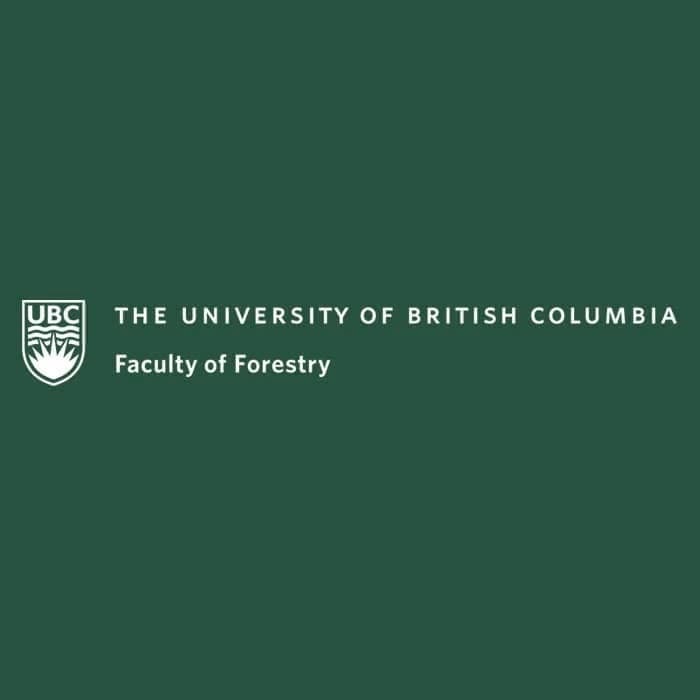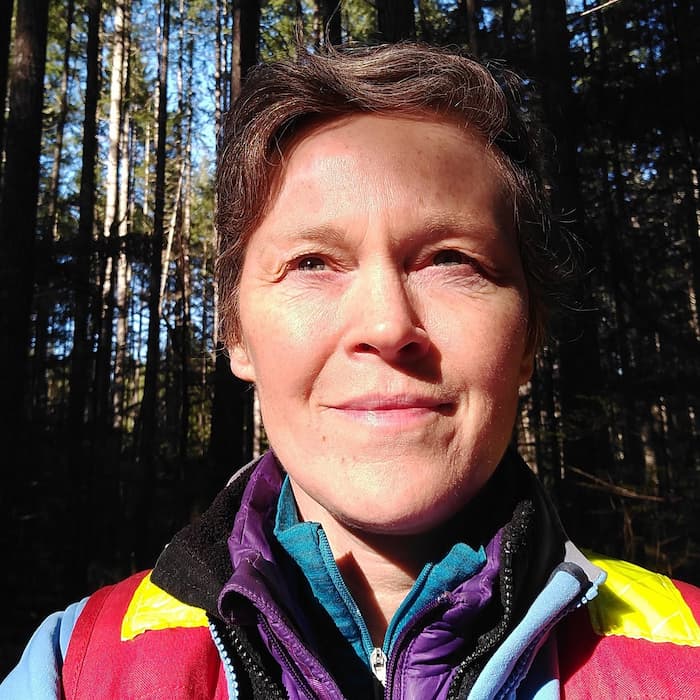
MacDicken, Kenneth

Krishnamurthy, Ramesh

Research Areas:
Drever, Mark

Research Areas:
Cockle, Kristina

Research Areas:
Cherubini, Paolo

Research Areas:
Bulmer, Charles

Research Areas:
Axelson, Jodi N.

Axelson, Jodi N.
Adjunct Professor
Department of Forest and Conservation Sciences
PO Box 9513 STN PROV GOVT
work phone: 236-478-2489
Research Areas:
Climate ChangeDendrochronologyDisturbance DynamicsForest HealthForest ManagementSilvicultureJodi is an interdisciplinary scientist conducting applied research focused broadly on silvicultural systems, adaptive management, and climate change. As climate change accelerates, forests are being exposed to new and compounding stressors, thus there is an urgent need for research collaboration, integration and innovation to maintain forest resilience and enhance adaptation. Jodi is particularly interested in how silvicultural systems and silviculture decisions interact with disturbances such as drought, wildfire and insect outbreaks, and often uses dendrochronology explore these dynamics.
Since January 2020, Jodi has been responsible for leading the Provincial Silviculture Research team in Forest Science, Planning and Practices Branch, Office of the Chief Forester, B.C. Ministry of Forests. The team is comprised of research scientists and technical specialists in stand development, stand dynamics, forest nutrition and fertilization, and silvicultural systems. In addition, this team maintains numerous growth and yield experimental projects around the province to support analysis across other branches in the OCF.
Dr. Axelson welcomes broad scale research collaborations on silviculture and adaptive capacity of forest systems.
Wulder, Mike

Research Areas:
Williamson, Timothy

Research Areas:
Smith, Nicholas S
